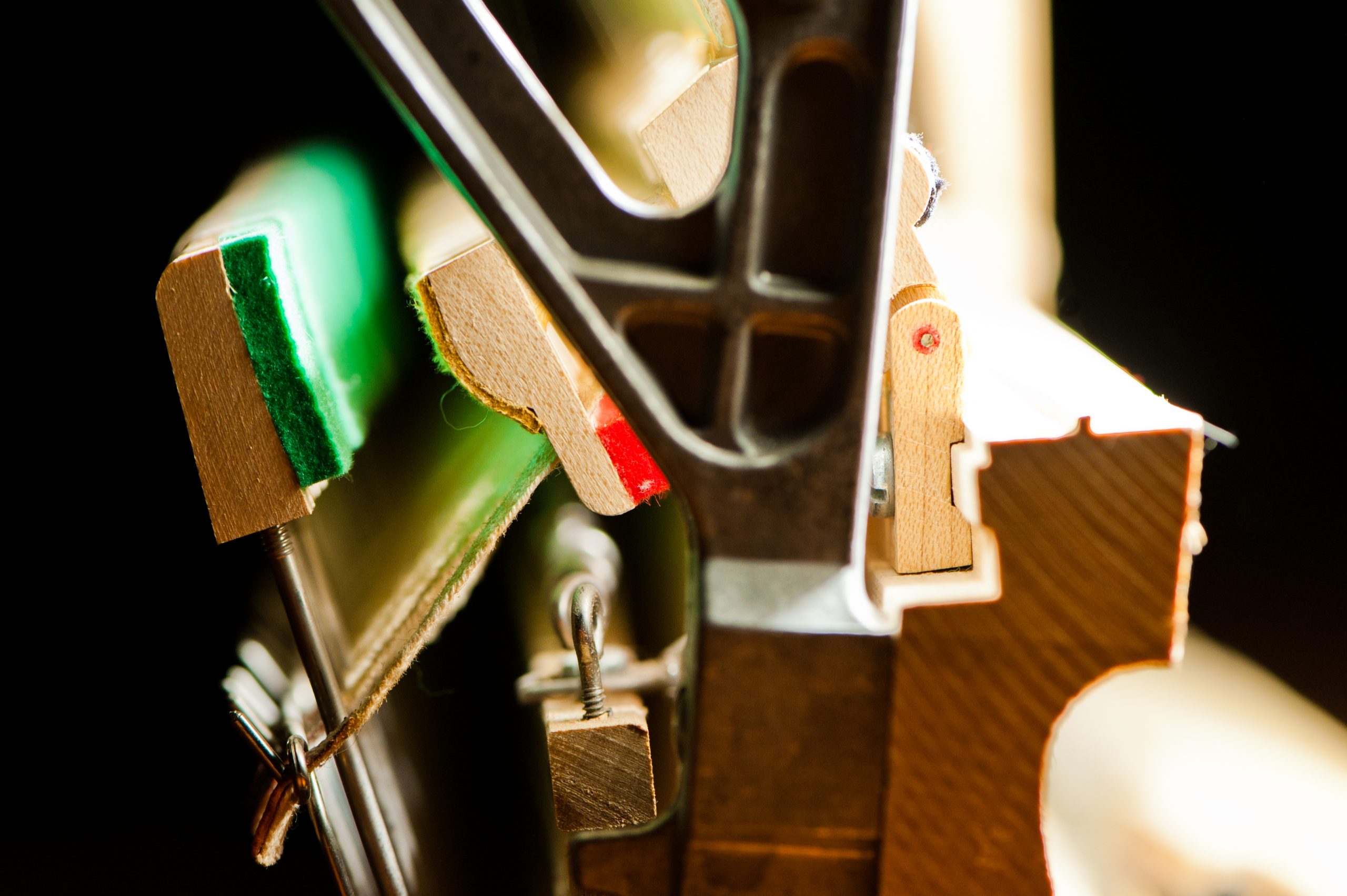Piano Cleaning Guide: How to Care for Keys, Case, and Interior
I’m often asked by clients how to clean their pianos safely without dulling the finish or hurting the action. This short guide distills the tips I give on service calls in one easy-to-reference list. How do I clean my keys? Carefully! My favorite key cleaning solution is Cory Key-Brite. It can also be purchased at … Read more
